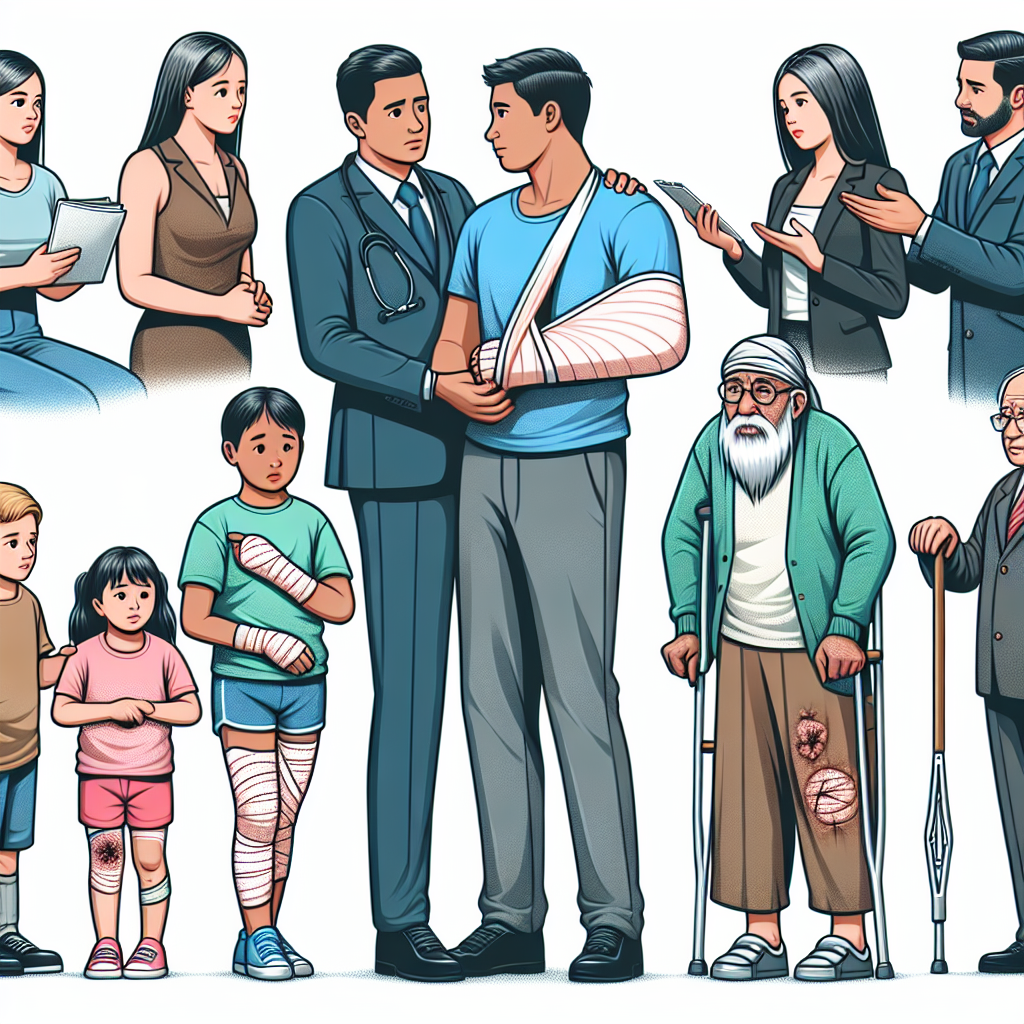Filed under Health Insurance on
Bridging Health Insurance Gaps During Job Transitions

Transitioning between jobs is a significant phase in anyone's professional journey. It brings anticipation, excitement, and often, uncertainty, especially when it comes to maintaining health insurance coverage. Bridging health insurance gaps during job transitions is crucial to ensure your well-being and financial stability. Failure to do so can lead to unexpected medical expenses that could strain your finances considerably.
Understanding the Health Insurance Gap
When you leave a job, your employer-sponsored health insurance typically ends on your last day of employment or at the end of that month's coverage period. If your new job doesn’t offer immediate health coverage, you might face a period without insurance, termed as a 'health insurance gap'. It's crucial to address this gap promptly to prevent being uninsured during a potentially critical period.
Options to Bridge the Health Insurance Gap
Several options are available to help bridge health insurance gaps during job transitions. These can vary based on individual circumstances and timing, but here are some of the most common approaches:
1. COBRA Coverage
COBRA (Consolidated Omnibus Budget Reconciliation Act) allows you to continue your employer's group health plan for a limited time, usually up to 18 months, after leaving a job. Although this option can be expensive since you’ll pay both your share and the employer’s share of the premium, it ensures continuity of coverage.
For example, when John, a software engineer, left his position at a tech company, he elected COBRA coverage to maintain his existing benefits until his new job’s health insurance kicked in. This prevented any lapse in coverage, albeit at a higher cost out of pocket.
2. Health Insurance Marketplace
The Health Insurance Marketplace, established under the Affordable Care Act (ACA), offers varied plans for individuals experiencing life changes such as job loss. You can enroll during the Special Enrollment Period after leaving a job. These plans are often more affordable, particularly if you qualify for subsidies based on your income.
Susan, a marketing professional, moved to a freelance career after corporate life. By opting for a plan from the Marketplace, she secured a more affordable plan that fit her new lifestyle and budget.
3. Short-Term Health Insurance
Short-term health insurance is designed specifically for temporary coverage. While these plans are less comprehensive and may not cover pre-existing conditions, they are generally more affordable and offer a quick solution until you secure a long-term plan.
Take Kevin, an HR consultant, who opted for a short-term policy during a three-month job gap. It provided him with emergency coverage, giving him peace of mind without a long-term commitment.
4. Spouse’s Health Insurance Plan
If you’re married, you might be eligible to join your spouse’s health plan. Many employers allow adjustments for significant life events such as job loss. This option can be cost-effective and provide dependable coverage during your transition.
For instance, Emma leveraged her husband’s employer plan when she decided to pursue further studies between jobs, ensuring she remained covered without extra financial burden.
Evaluating Your Health Insurance Needs
It’s important to assess your specific health needs when considering options to bridge health insurance gaps. Are there essential medications you need? Do you have upcoming doctor’s appointments or potential procedures? Your answers will guide the best option for your situation.
Ensure you understand what each interim option covers and compare it with your typical healthcare usage. It might make sense to pay a little more for better coverage if you have ongoing medical needs.
Practical Steps to Take During Job Transitions
1. Plan Ahead
As soon as you know you’ll be leaving your job, begin researching your health coverage options. Early awareness affords you time to select the most suitable option without pressure.
2. Budget for Health Insurance Costs
Determine not just what you can afford, but what you can’t afford to skip in terms of coverage. Include potential insurance and out-of-pocket healthcare costs in your budget planning to avoid financial strain.
3. Understand Coverage Details
Whether considering COBRA, the Health Insurance Marketplace, or another option, read the fine print. Understand exclusions, waiting periods, and other critical details that could impact your coverage.
4. Keep Records Organized
Organize your medical history, treatment plans, and any pending healthcare expenses. Having this information readily available will simplify alignment with new healthcare providers or insurance plans.
5. Communicate with Employers
Speak to your current and future employers about health insurance. They might offer additional COBRA support or rapid enrollment in a new plan that bridges the transition more effectively.
Real-Life Case Study: Navigating Health Insurance During Career Change
Let’s examine Laura, a project manager, who faced a six-month gap between jobs due to a postponed start date for her new role. Laura initially considered using COBRA due to its comprehensive nature but was concerned about costs. By exploring the Health Insurance Marketplace and qualifying for a subsidy, she found a plan that offered similar coverage at a fraction of the COBRA cost.
Moreover, Laura kept in touch with her new employer regularly, ensuring that she could transition seamlessly into the company healthcare plan as soon as possible. Laura's proactive approach and flexibility allowed her to avoid any uninsured periods, manage costs, and maintain peace of mind throughout her career transition.
FAQ: Bridging Health Insurance Gaps During Job Transitions
-
What should I do if I can’t afford COBRA premiums?
If COBRA is too costly, consider alternatives like the Health Insurance Marketplace, where you may qualify for subsidies, or a short-term health insurance plan until you secure a more permanent solution.
-
How quickly do I need to decide about COBRA coverage?
You generally have 60 days from the date you receive your COBRA election notice to decide. This gives you time to explore other options and make a decision best suited to your needs and budget.
-
Can I enroll in my spouse’s health insurance immediately?
Yes, losing your job-based health coverage is often considered a qualifying event that allows you to enroll in your spouse’s plan immediately, even if it’s outside of the typical open enrollment period.
-
How does the Special Enrollment Period work in the Health Insurance Marketplace?
The Special Enrollment Period allows you to enroll in a Marketplace plan following major life changes, like job loss. You have a 60-day window from the time of this event to apply for new coverage.
-
Will short-term health insurance cover my pre-existing conditions?
Short-term health insurance plans typically don’t cover pre-existing conditions. Review the details of the plan carefully and consider if this fits your current health needs.
Making informed decisions on bridging health insurance gaps during job transitions is critical to safeguarding your health and financial security. By understanding your options and planning accordingly, you can move through these transitions smoothly, ensuring continuous coverage and peace of mind.




